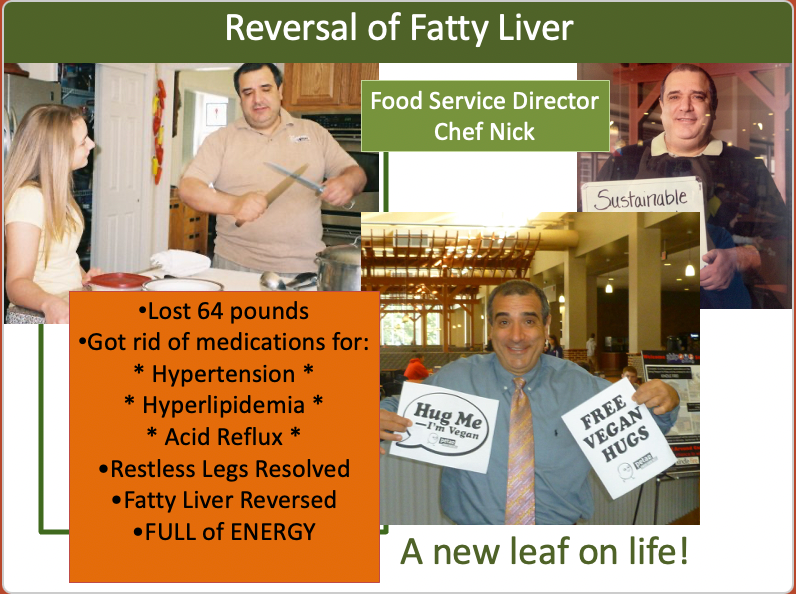What does Whole Food Plant Based Mean?
- Dr. Elizabeth George

- Apr 14, 2017
- 4 min read
Updated: Nov 30, 2025
What is Whole Food?
Did you know that unassuming celery has anti – cancer properties along with anti-hypertensive? What got me thinking about “What is Whole?” was an article on celery, one of my childhood favorites – more on that later
“The whole is greater than the sum of its parts” – is perfectly exemplified by how a plant-based lifestyle sustains us:

Plants are “whole” by themselves – They don’t need the added fats, salt, sugar, preservatives, coloring agents that are often included in packaging/canning and in pre-made foods. These additives add to heart disease, Alzheimer’s and cancer (a simplified list). For peak nutrient content and quality, produce is best bought fresh or frozen at peak ripeness. (Or better yet grow your own or buy a share in your local organic CSA’s)
In their “whole” state many foods store easily in our fridge for weeks– carrots, celery, cabbage, apples, oranges, beets, turnips to list a few; potatoes, Jerusalem artichokes, onions, garlic – store easily in a cool, ventilated place. Whole grains, dried beans, dried herbs maintain their nutritional value even for years when kept in a cool, dry place. (Isn’t it amazing that they could still sprout grains found in ancient Egyptian tombs – the power of plants!!) However, plants pulverized and strained into oils, go rancid.

“Whole” includes the skins and outer leaves where many of the nutrients are concentrated along with additional fiber. For examples: Keep the peals on for your mashed potatoes and don’t peal carrots. Try to remove onion skins minimally, and the outer skins can be saved for making your veggie stock. Wash, don’t throw away the darker outer leaves of your Romaine and cabbage. (they’re darker because of the higher nutrient content – plants get their colors from their nutrients). Even learn to use orange and lemon “zest” (grated peal)
Whole includes the pulp. When food is “juiced”, the pulp, a main source of the nutrients and fiber, is thrown away. (Drinking the juice separated from its fiber causes the natural sugars to be absorbed very quickly, raising blood sugar) Blending (into “green smoothies”, for example) conserves more of the fiber and nutrients, and makes it easy to consume more greens etc – but, taken in this way, we miss out on the valuable role that chewing plays in adding saliva, digestive enzymes and cues to process foods and absorb nutrients most effectively.
Whole includes the grain that houses the nutrients necessary to grow the new plant – the vitamins, minerals, antioxidants, amino acids. These are what nourish us and are lost in white flour, white bread, white rice, noodles, chips and crackers. Choose whole grains.

Eat a whole variety of foods to get all your nutrients; celery is a nice addition to our food variety. When my mother was working on supper for our family of 6 kids – carrots and celery sticks were always around to keep us “snack happy” AND because she had this natural instinct for power packed foods. So when I read about celery (Mar 1st – “Truth about Cancer”), I thought “Mom was right again:))”. Packed with vitamins, minerals and electrolytes, celery also contains apigenin and luteolin. These compounds are bioactive flavonoids that work as antioxidants. The apigenin component of celery fights cancer cells by inducing apoptosis (programmed cell death), which causes the cancer cells to self-destruct. Luteolin has the capacity to short circuit the replication cycle of cancer cells. If we eat all the colors of the rainbow, and a variety of the 4 food groups – fruits, veggies, legumes, whole grains, we won’t overlook unsung heroes like celery in our “nutrition armamentarium”.
Go the Whole Way. Experience the full benefit from your whole foods plant based eating by leaving out harmful processed foods, junk foods, fast foods and animal products.
Eat your nutrients in the form of whole foods; our body is so complex, scientists have yet to unravel all its intricacies and needs. Supplements simply can’t fill the complexity of the picture. And when we separate out nutrients into supplements – we’re missing other key ingredients (some that we probably don’t even know about) contained in the whole food. Also the whole food is important in absorption.

Consider the whole person; we are indeed what we eat. Our bodies are extraordinarily complex systems of hundreds of thousands of instantaneous molecular equations. These processes all link together, one leads to the next. The food we eat provides the enzymes (often vitamins) that make these molecular interactions function efficiently. Our food also provides key molecules that balance these interactions. For example, consider the complex “Kreb’s Cycle” – the molecular cycle that creates energy in our bodies. In the process, it releases “free radicals”. The foods we eat are the source of the antioxidants that are essential to balance the free radicals. Left unbalanced – ie not completing the whole molecular equation with the antioxidants found in plants – these free radicals can play a harmful role contributing to inflammation and cancer.
Consider that the whole picture includes our environment. What we eat doesn’t just impact our health; a plant based diet is key to a sustainable environment. The excess land and water used to produce and process animal products, would go a long way toward feeding the world healthfully if it were used instead to grow plants for human consumption.
The whole is greater than the sum of the parts also applies to community. A community working together is greater than the sum of its individuals. When we participate in and spread the word of our Healthy Eating Adventure community, we bring each other and the world closer to the peaceful, sustainable, healthful whole foods, plant based lifestyle.







Comments